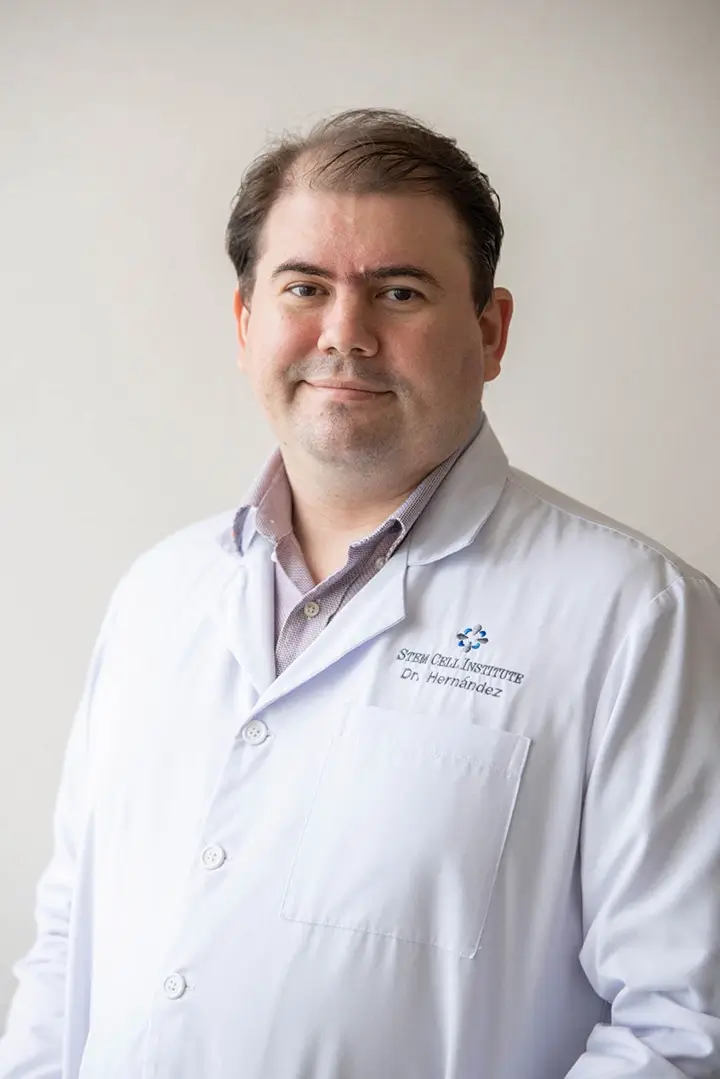All three people have improved after receiving a new type of adult stem cell therapy for the treatment of blindness caused by corneal disease.
In an article entitled, "A Contact Lens-Based Technique for Expansion and Transplantation of Autologous Epithelial Progenitors for Ocular Surface Reconstruction", scientists in Australia describe a novel method by which sight has been restored to 3 people who were suffering from limbal stem cell deficiency (LSCD). A painful condition that can result in blindness, LSCD is caused by a depleted pool of endogenous adult stem cells which ordinarily exist to replenish the epithelium of the cornea on a continuous basis throughout life. Without such naturally occurring, endogenous adult stem cells, blindness inevitably results from the deterioration of the cornea. Led by Dr. Nick Di Girolamo, the team of doctors describe a novel technique by which autologous (in which the donor and recipient are the same person) adult stem cells were utilized to restore the eyesight in 3 people with advanced LSCD. One of the most innovative aspects of this procedure was not so much the use of the autologous adult stem cells, per se, but the use of an FDA-approved type of contact lens as the substrate for the stem cells.
Autologous progenitor cells harvested from limbal and conjunctival biopsies were expanded on contact lenses which were then surgically transferred to each patient’s corneal surface. The stem cells began attaching to the corneas immediately, and the natural lens of each eye was able to be surgically removed by 2 weeks after transplantation. During a follow-up period which lasted 8 to 13 months, the doctors found that "a stable transparent corneal epithelium was restored in each patient." Additionally, "There was no recurrence of conjunctivalization or corneal vascularization, and a significant improvement in symptom score occurred in all patients. Best-corrected visual acuity was increased in all eyes after the procedure." Two of the 3 patients were legally blind in one eye prior to the procedure, but following the therapy they can now read large letters on an eye chart. The third patient is able to read the top rows of the eye chart and has also passed a vision test for a driver’s license. All three patients continue to see with the new lenses.
According to ophthalmologist Dr. Peter McCluskey of Sydney University who is also director of the Save Sight Institute, "I think it’s really exciting, innovative and novel." As Dr. Di Girolamo adds, "We’re quietly excited. We don’t know yet if it will remain stable, but if it does it’s a wonderful technique. It’s simple and easy for the patient and you don’t need fancy equipment, just an ophthalmic surgeon and a lab for cell culture."
As the doctors concluded in their paper, "Ex vivo expansion of ocular surface epithelium in the presence of autologous serum and transplantation with the aid of a soft CL (contact lens) is a promising new technique capable of achieving ocular surface rehabilitation."

